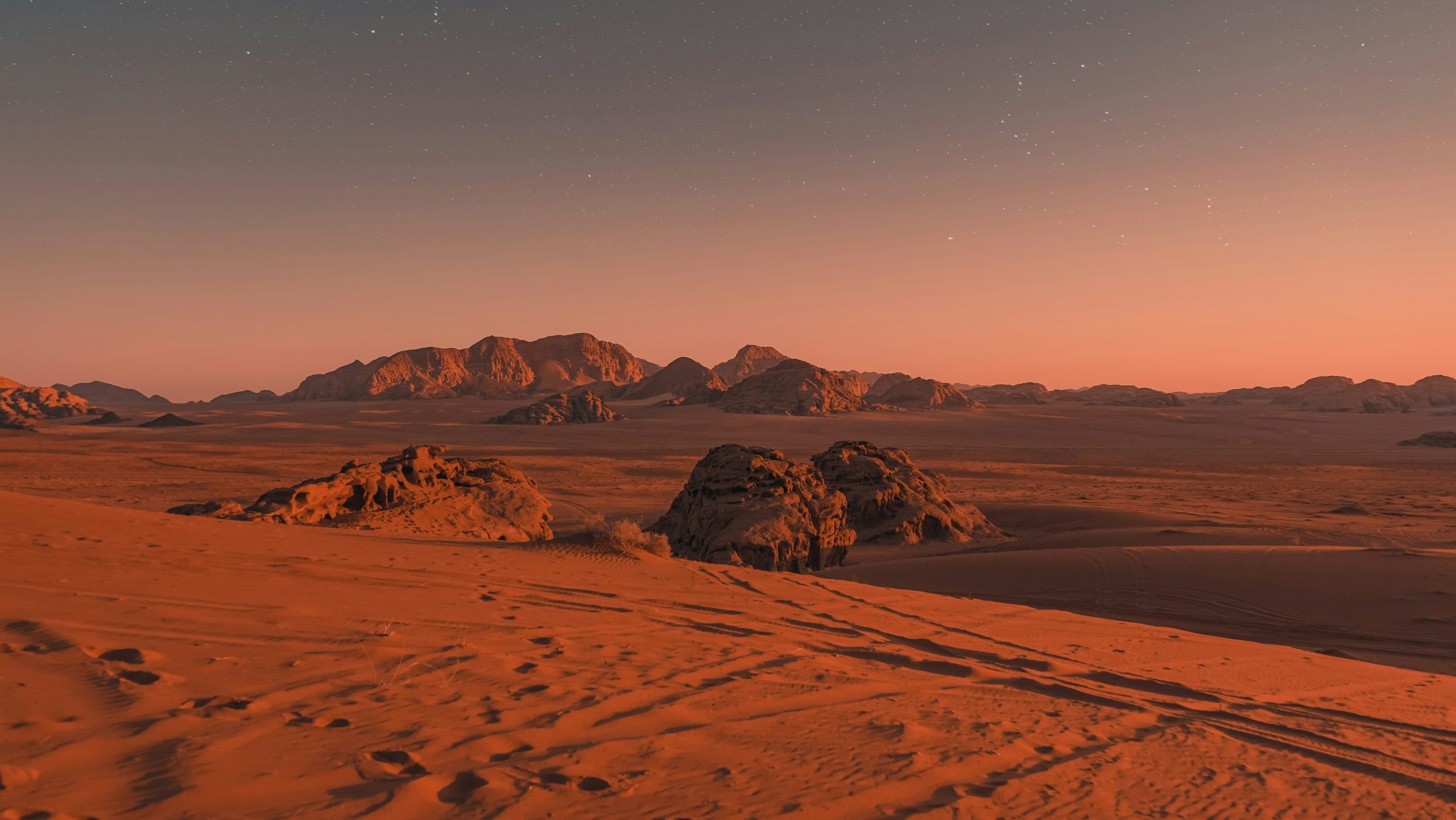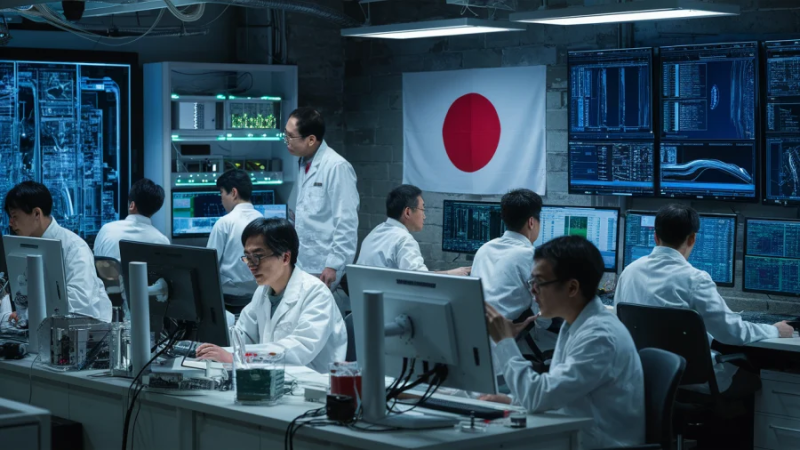AI’s impacts on society have been quite pronounced since it becoming mainstream in late 2021, and one way that it might help human advancement is by getting us to Mars.
This article was written by Zac Amos and originally published by Unite.AI.
Mars colonization has been a hot topic lately, and not just in the pages of sci-fi novels. Some researchers believe humans could live on the Red Planet someday. Many assert that artificial intelligence will be instrumental in reaching that exciting — albeit lofty — goal. What are some of the biggest challenges in getting humans to the planet and helping them live there? How will AI help?
The Obstacles Preventing Mars Colonization
Life on Mars is a fascinating prospect. Humans have yet to go to the Red Planet, though NASA hopes to send astronauts there by the 2030s. Getting people to such a destination — particularly if they are not spaceflight professionals — will be quite a feat. What’s stopping us from achieving it now?
Transportation Barriers
Many people take long flights on planes, but the longest are still less than a full day. Plus, lengthy commercial flights have Wi-Fi, streaming content and snacks to make the journey more enjoyable.
The sheer distance is arguably one of the most challenging factors in getting to Mars. The trip between Earth and Mars is the shortest when both planets are on the same side of the sun. Even then, the journey is more than 34 million miles and could only happen every two years. Various groups are working on making the trip happen as efficiently as possible, and their estimates suggest it would take 6-9 months.
Fortunately, humans have been interested in getting to Mars for a while, so this is a frequently studied area. Researchers could apply AI to analyze academic papers to see which methods are most often mentioned and seem most feasible. Such efforts could shorten the time required to identify promising options and invest time and other resources in them.
Sustenance
If humans reach Mars, will they have enough food and water to survive there? Researchers are eagerly learning all they can to answer that all-important question. AI could play an important role in sourcing what people need to live on the planet.
Some Mars rovers have AI features that further scientific exploration, expanding what we know about the planet. For example, some capabilities allow it to identify and investigate geological features without ongoing human input. Such actions could help the rovers find water sources and report the details to people on Earth. Artificial intelligence also helps the rovers move along the terrain, making research more productive.
Participants at five Australian universities are also examining how to provide reliable food sources for humans going to or living on Mars. So-called farmbots are central to the project. These innovations are robots that grow leafy greens for people to eat in space. Algorithms also analyze people’s facial expressions and physiological responses to the foods. Separately, the researchers have created a digital twin that measures various suitability aspects associated with the consumables.
Potential for Serious Harm
Ongoing research also suggests trips to Mars could be dangerous for those who try them. Space radiation is one of the biggest threats, but there are also broader risks posed by how different someone’s experience on the Red Planet would be from life on Earth.
For example, Mars has a comparatively smaller mass, so its gravitational pull is lower than Earth’s. Scientists have recently discovered how that detail could affect people. They scanned the brains of 30 astronauts before and after they went to space. The findings indicated time away from Earth expanded their ventricles — the fluid-filled cavities that protect, nourish and remove waste from the brain.
Additionally, the research suggested the expansion was significant in those who completed missions lasting more than six months. Although the ventricles contracted once the astronauts returned to Earth, they needed to take three-year breaks between flights for full recoveries.
Another study examined how microgravity — which makes people appear weightless — could affect people, who would experience several months of it traveling to and from Mars. A group simulated microgravity’s effects by having participants spend 60 days in bed at a specific angle. The results indicated this experiment affected 91% of subjects’ gene expression, impacting everything from muscle function to the immune system.
However, through avenues such as algorithms and simulations, artificial intelligence could help scientists pinpoint and reduce the most likely detrimental health effects, addressing those matters while minimizing adverse situations for people.
How Has AI Furthered Mars Exploration?
Getting humans to the red planet won’t be easy, but artificial intelligence has already enabled some promising breakthroughs.
Looking for Signs of Life
Many people understandably think that one of the best ways to determine if Mars is safe for habitation is to learn about what has already survived there. Scientists could then use that compiled data to determine how feasible it is for humans to go to the red planet.
One team developed an AI system that is about 90% accurate in determining whether samples originated from living things. The technology works by identifying slight differences in molecular patterns.
Although the group has applied their innovation to use cases beyond exploring the red planet, this application could help researchers estimate the chances of living organisms surviving on Mars. Such conclusions would answer important questions about human safety, the viability of growing crops on the planet and other essentials.
Showing Which Areas Support Life
Once people learn what can survive on Mars, they must also figure out which areas support that outcome. Artificial intelligence could answer that question, too. A University of Oxford group collaborated with scientists from elsewhere to use artificial intelligence and machine learning to find areas most capable of sustaining life.
The group tested their approach in a South American desert, using aerial images from drones as the source material. It was 87.5% successful in finding indicators of life, compared to random searches that achieved that result less than 10% of the time. The researchers believe they could apply this solution to help Mars rovers find the areas most capable of sustaining life. Eventually, they want to create a database of indicators of life and habitability, using those to plan or expand missions.
Expanding What Humans Know
Rovers have moved around Mars and fed data back to researchers on Earth, but what else should happen before humans land on the planet? NASA teams are testing a six-foot-tall robot they believe will perform many of the same tasks people can in space.
Those training this humanoid creation hope the bot will perform repairs during space missions. If all goes well scientists could use the robot to gather data beyond what rovers have provided. The more they know about the red planet before sending humans there, the safer and more productive it will be for everyone involved. Indeed, putting a humanoid robot on Mars is nowhere near the same as a person taking a trip there. But, hopefully, this one will increase learning enough to reduce the surprises associated with getting to that point.
Finding Accessible Oxygen Sources
Mars has oxygen, but not enough for humans to survive by breathing. A significant research question, then, relates to how people could source the gas during their time on the red planet.
A Chinese research group may have found solutions by using AI. Scientists have pondered the viability of using oxygen evolution reaction (OER) catalysts to create the gas through electrochemical water oxidation. This team applied artificial intelligence to chemistry to find the most effective ways to make the OER catalysts with materials on Mars rather than needing to transport them from Earth. The technology analyzes 30,000 possibilities before making its conclusions.
There is still a lot of work to do before researchers uncover the most suitable ways to provide oxygen to people on Mars missions. However, this achievement is a step in the right direction.
AI Can Support Our Mars Aspirations
Although people will not reach the red planet within the next few years, scientists are making impressive progress, learning the necessities of getting there and having as safe an experience as possible. Artificial intelligence will continue assisting researchers in work that will shape space exploration.





